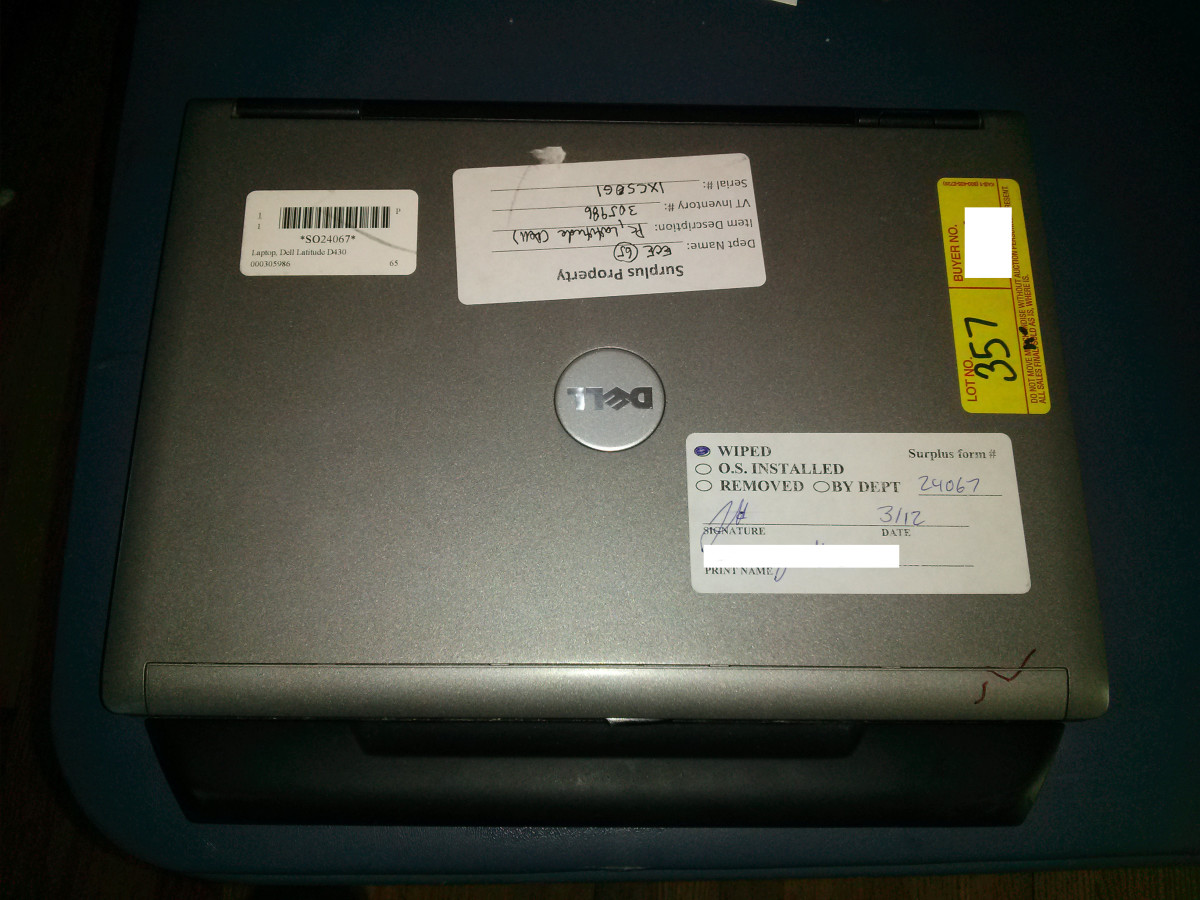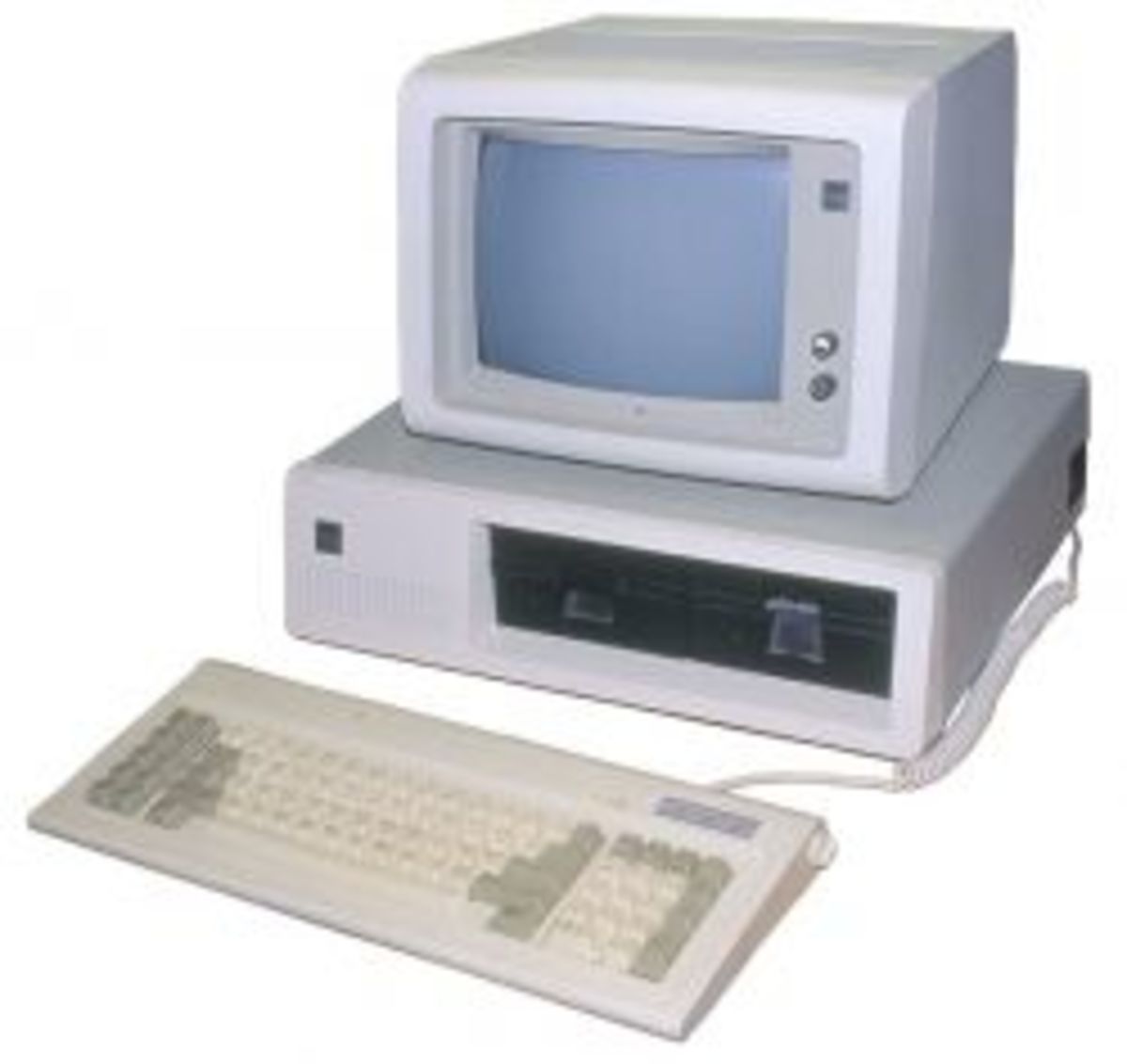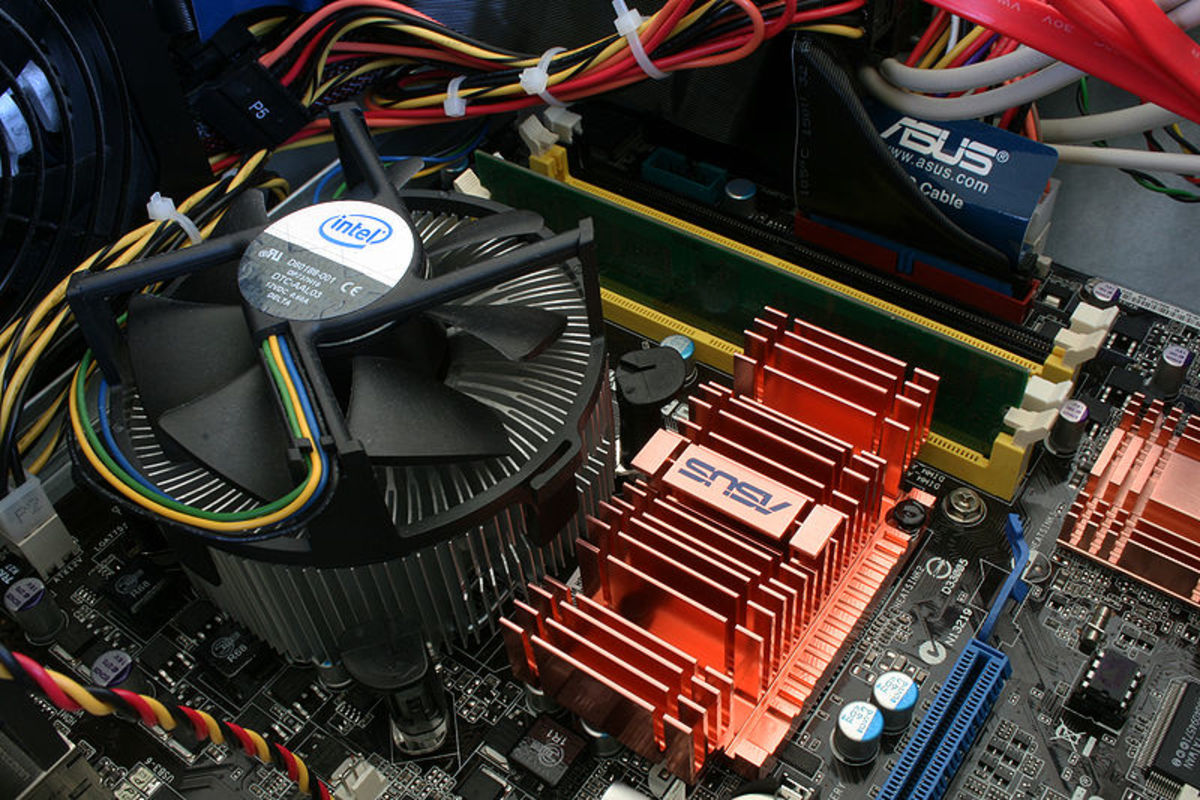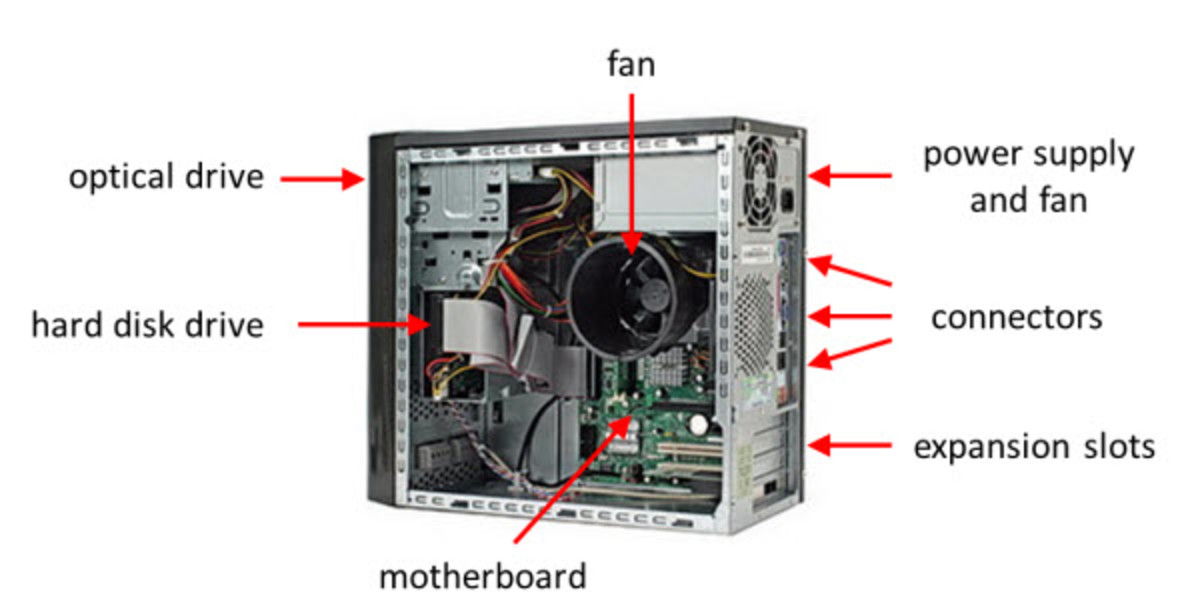Quick vs. full format on your hard drive
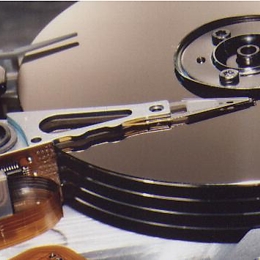
Whether your computer is a desktop or laptop, your operating system needs to reside on some local drive, whether it’s a hard drive, or a USB flash drive, or FireWire drive. In any case, the drive needs to be formatted properly in order to store and retrieve any data.
Why does it need to be formatted?
When a hard disk drive is manufactured, unless you buy it ‘pre-formatted’, it’s primarily just a blank disc (actually, multiple disks) with a very smooth magnetic coating on both sides, and several read/write arms. In order for data files to be stored and retrieved from the hard drive, it needs to be organized into sectors (or numbered containers), along with a table of contents, known as a master file table. This is how it knows where to find your files. It also needs a few other bits of info, to keep things in order, but I won’t go into that.
Should you use the quick formatting or full formatting method?
Briefly, quick formatting is basically re-setting (or initializing) the master file table to a blank state, without wiping out the data it refers to, that may be on that partition (or the disk). This of course means that whatever was previously on the drive is no longer accessible, even though the data hasn’t been erased. If it’s a brand new hard drive, the formatting process still has to format the sectors, but it doesn’t do any checking. This method is usually quite fast, and sufficient for a new drive.
On the other hand, full formatting erases everything on the partition (or the disk), including all data that was there (if any). It then performs a write/read check on each and every sector on the partition (there are thousands of them). This will take considerably longer.
Remember: make backups of any files you need to keep, before doing any formatting or partitioning.
Most external drives use a USB connection. USB 2.0 is adequate, but USB 3.0 is much faster, if your computer supports this version. Some external drives also use eSata, which is better still, since it is the same kind as your SATA internal hard drive, except with a more robust connector. FireWire is also available on some, with transfer speeds roughly comparable to USB 3.0.
How long will it take to format?
If you’re doing a full format on an external 2TB drive, regardless of the number of partitions, you’d be looking at about 6 hours (via USB 2.0) or so before it’s done. However, as I said, if it’s a brand new drive, a quick format is quite sufficient. Full formatting is only recommended if the drive has been used for some time, has a different format scheme than the one you want, or has developed some access problems, due to bad sectors. If this is the latter case, it may be best to backup as much as you can and get a new drive, although any decent hard drive will keep track of bad sectors and prevent the system from writing to them.
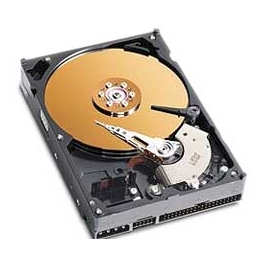
Different types of formatting
A number of different formatting schemes have been used for computers over the last three decades. There’s an old standard known as FAT32. This is ok, but a little outdated, and limits file sizes to 4GB. Not much good for video, or long, hi-resolution audio tracks. It does have the advantage of being readable and writeable on both PC and Mac computers. However, on a large drive it wastes a ton of space.
Back around the mid-1990’s, Microsoft introduced a new file system called NTFS (for Windows PC’s). This didn’t waste anywhere near as much space, and has the advantage of accommodating very large file sizes, as well as some security features.
Apple uses their own version of high-capacity formatting called HFS+, or OSX-Extended. This is of course incompatible with Windows PC’s. Some of the file formats used by Mac computers are different as well.
However, there is a nifty solution. You can format your external drive using NTFS, then install a utility program on your Mac computer called Paragon NTFS, which allows you to both read and write on the Mac. For the Windows PC, you don’t need anything extra, it will already read and write just fine. Alternately, you can get a software utility for a Windows PC, called Mac Drive, which enables your Windows PC to read and write to an HFS+ drive, which of course is also read/writeable on a Mac computer.
Formatting Tools
Both Windows and Mac’s have built-in formatting and partitioning tools, both during the initial operating system install, and system software to format additional hard drives.
A few partitioning and formatting software programs are available. These offer a great deal more flexibility, without making your job overly complicated. One of the best of these is an excellent free tool called EaseUS Partition Master [Home Edition].

Partitioning your hard disk drive
Partitioning is dividing the available space on the drive into sections, which appear as separate drive letters (C,D, etc.). This is not the same as creating multiple folders.
On a Windows PC, there are 3 types of partitions: primary, extended and logical. If you only have one hard drive, the disk needs at least a primary partition, since the operating system can’t be installed on any other type of partition. This makes the operating system automatically ‘bootable’ when you first turn on your computer.
On a Mac computer, the partitioning scheme depends on whether your main processor is an Intel CPU or a PowerPC. Your install program will know which you’ve got, before you install the OS-X operating system. If it’s a non-bootable external drive, it doesn’t matter.
You can have just one ‘primary’ partition, no matter how big the capacity of the hard drive is (Note: on Windows systems, the FAT32 format is artificially limited to 32GB per partition), and this is what most people do.
Nothing wrong with that, of course. Except that if you had a hard drive failure, or ‘crash’, not only would the operating system become inaccessible, so would the files you’ve created while using the many programs installed on the computer.
Multiple partitions
If you were to create at least 2 partitions on your hard drive, right from the start, you could keep most of your ‘created’ data on a second partition. This would isolate your files from any problem that occurred on the main partition.
Another good reason is that, because of the way the drive is formatted, the data in each of the files is not always stored together, in whole blocks, but becomes fragmented over time. In order to keep the computer running quickly and smoothly, you need to run a defragmenting utility program every week or so.
With only one partition on a 500 Gigabyte hard drive (for instance), this defragmenting would take quite a while. Whereas, if you had multiple partitions, they could each be defragmented separately, and each one would not take as long. Some partitions may not need to be done as frequently either.
With an external drive, you may find the need to hook it up to either a Windows PC, or a Mac, at different times. For instance, using a Windows computer at work, and bringing some of the work home to work on your Mac. This is entirely possible if you have the proper utility programs (see above) installed.
You may also be inclined to have 2 partitions on the external drive..one with HFS+, and one with NTFS. This can be done, although file access on either operating system is not guaranteed to be problem-free. As long as it’s never intended to be bootable, it should work fine. However, it’s best to stick with a single format on each of the partitions, along with the necessary utility software.
It’s really not that difficult
I hope I’ve clarified this geeky, acronym-filled formatting business, though it’s a relatively easy process. It’s really not that difficult, once you’ve done it, and gotten the hang of it. Just remember to back up your files if you need to re-format, and re-install your operating system.
Best of luck with your formatting and partitioning.
This article ©2012 by timorous+



